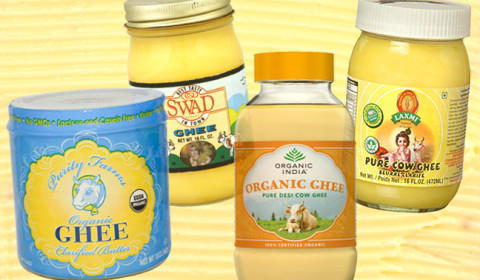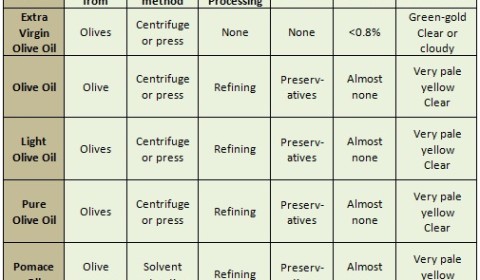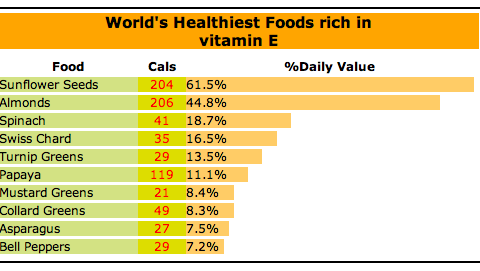This post talks specifically about various fat mediums used in Indian cuisine and where it is used.
1. Hydrogenated vegetable oil (dalda) : Hydrogenation of oil converts liquid fat into solid or semi solid fat. This lump of fat may be melted into oil (its normal state). Perfect for deep frying. Health-wise, not so much.
2. Mustard oil : Used extensively for its pungent flavour. Although comparatively healthy, it is always advised to use this oil in a combination. This has a very high smoking point, so it is perfect for cooking red meat and also for basic deep frying purposes.
3. Basic vegetable oil: The most common variety of oil used in India. Versatile but not too healthy.
4. Clarified butter (ghee): India’s version of clarified butter is slightly different from the one used in Western cookery. When butter is heated, its milk solids separate. When cooked till just this separation point, it is normal clarified Butter. If cooked till the solids caramelize (hence the colour), it is called ghee. Cook it some more and you’re left with nutty brown butter.Ghee is used extensively to impart a unique nutty aroma. Health wise, most mothers tell their kids its good for them. It’s actually true, you know. However, too much of something is never good.

5. Peanut oil: Used more in South east Asian cuisine. However, it works well with Indian ingredients as well. Versatile.
6. Coconut oil: The most intriguing one around. I believe the real benefits of coconut oil are still being discovered. However, it is full of saturated fats, so use with caution. Also,do not buy inferior brands. Used extensively in South India, where coconuts rule the roost.
7. Sunflower seed oil: Contains vitamin E. Has a high smoking point, perfect for frying stuff. Healthier than other options though.
8. Gingelly (sesame) oil: This is essentially a salad oil (like extra virgin olive oil). Use judiciously. Has a unique nutty taste.
9. Olive oil: This variety is not native to India. Everyone knows its health benefits. Here are three types of olive oil and how they differ:


a. Extra virgin: Like good quality wine, this should be respected. This is a Salad oil, which means you aren’t supposed to cook with it. This, also because this oil has a very low smoking point.
b. Virgin: Obtained after the olives are pressed(oil extraction process) for the first time. It is unrefined. Tastes slightly milder than extra virgin. May be used for sautéing. Combine with butter for better results. “Pure olive oil” is also similar, but that contains a blend of refined and unrefined components.
c. Pomace: Lowest grade of olive oil. May be interchanged with normal vegetable oil in terms of usage. Yes, it is slightly healthier.
Oil is essential to everything. We use it for cooking, as fuels and many other things. Everything has its pros and cons.
A deep fried delight sure makes everyone smile. It also comes with a price-tag, in this case, our waistlines, and of course, our health.

